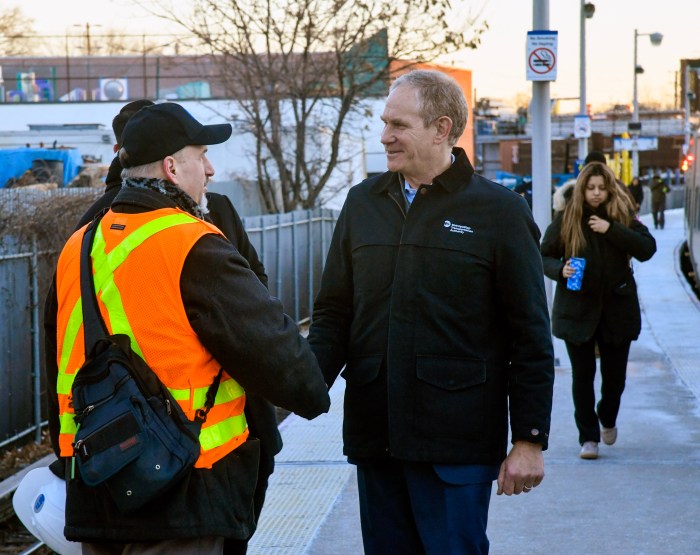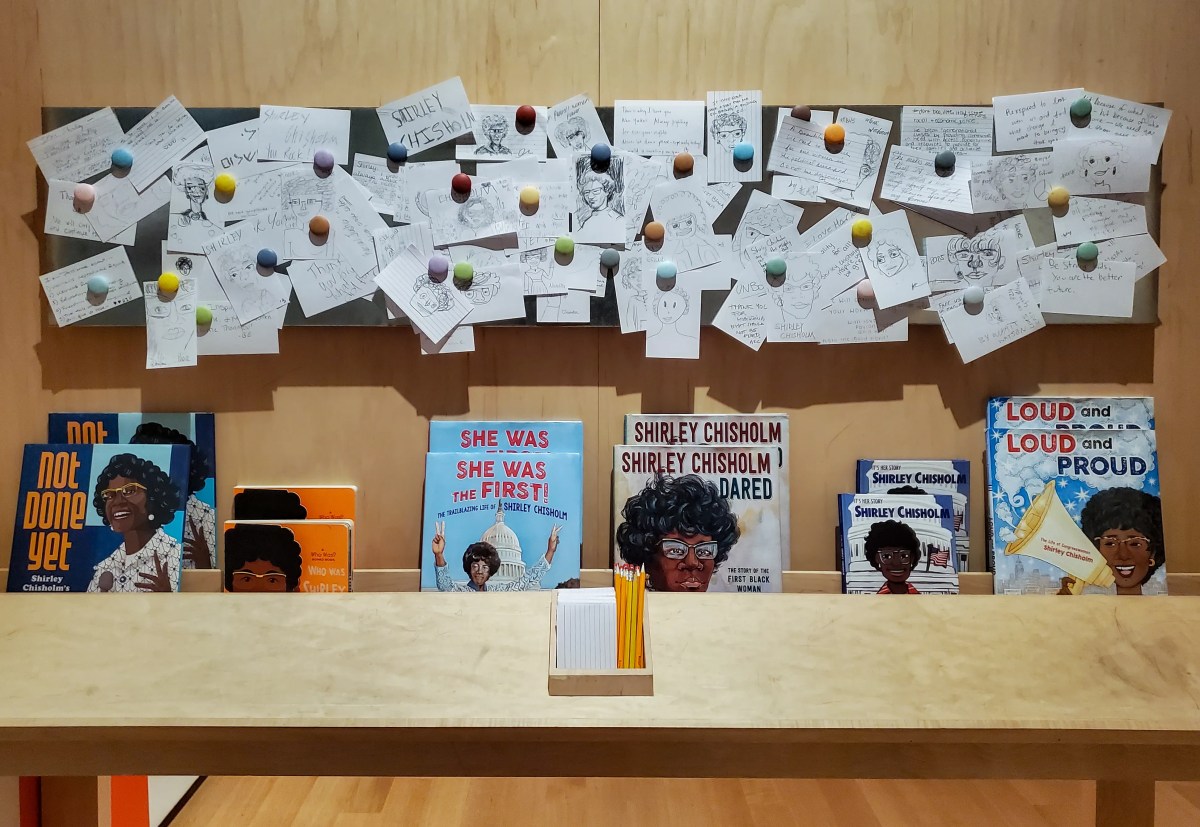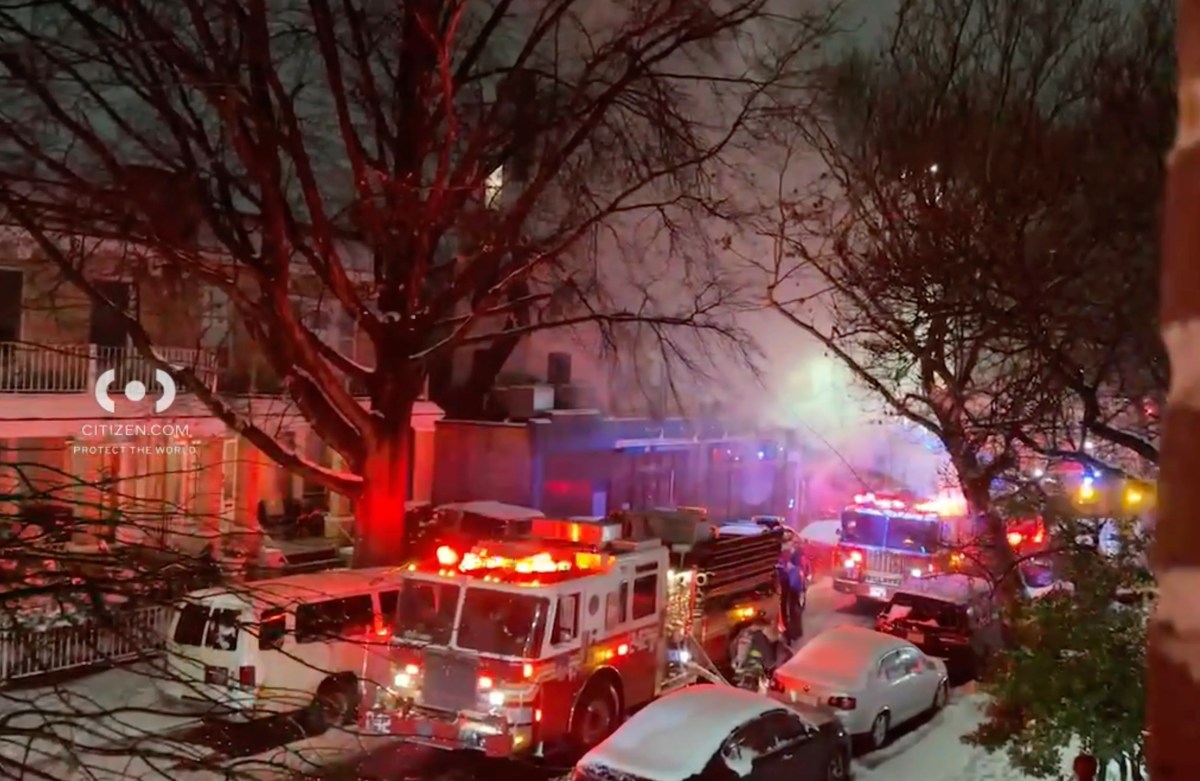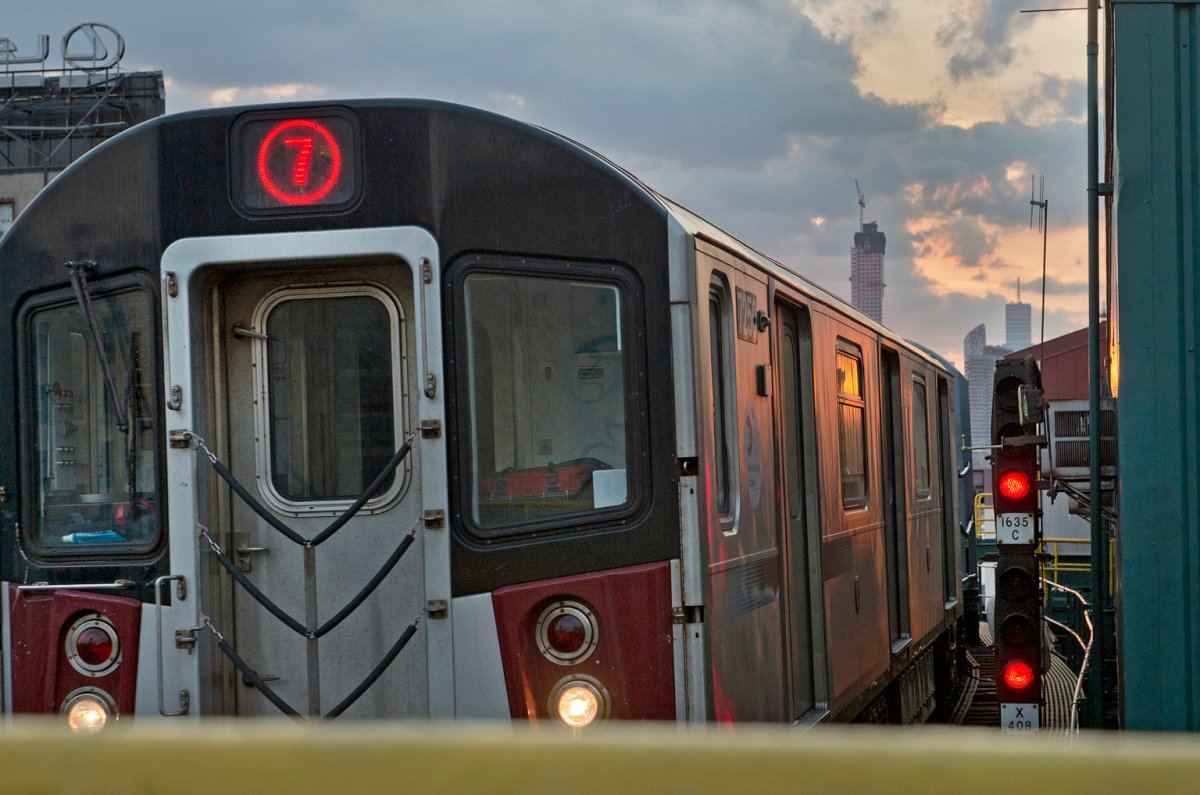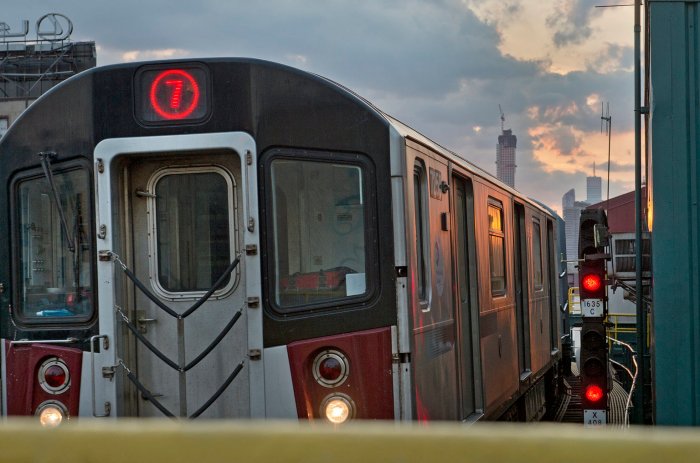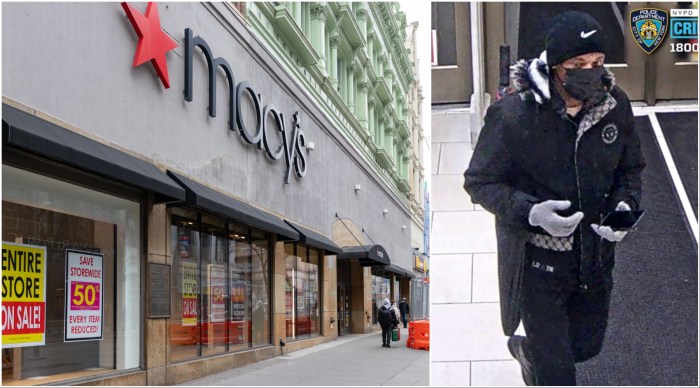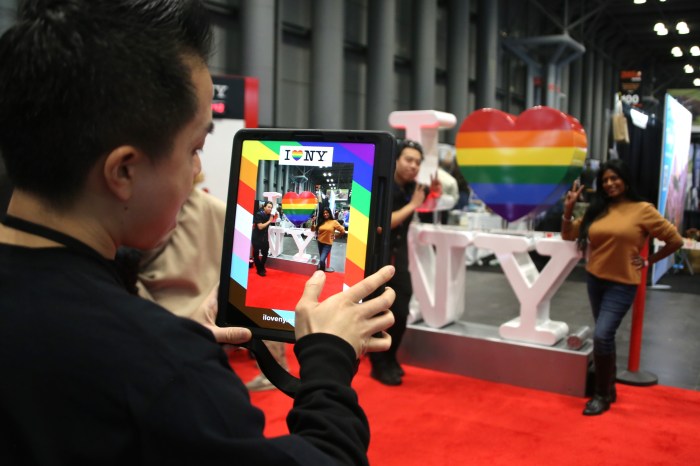BY JOSH ROGERS | I used to make fun of people who bought lottery tickets, but about four years ago I started playing occasionally when the jackpots were big. I soon learned my reason was quite common: my wife was pregnant.
In the next few weeks I’ll join a few hundred thousand other parents in the city to play a different sort of lottery. The ticket is free and there’s no chance at a big payoff, but losing will cost my family too many thousands of dollars.
I’m hoping to win a public, full-day pre-K slot close to home for my son.
So I’ve been closely following and reporting on what the mayor and governor say about funding pre-K expansion this September with two eyes — one on how it affects me in Chelsea, and the other on how it affects things a few neighborhoods to the south, Lower Manhattan the area I cover for this paper.
Citywide news reports the last month have tended to focus inexplicably on the probable “loser” in the pre-K debate, Mayor Bill de Blasio, who will not get his proposed tax increase to pay for expanded pre-K and afterschool programs.
It’s a strange analysis. It’s hard to imagine the mayor would have been viewed as a winner if he had gotten the tax without pre-K expansion.
As it now stands, he appears likely to get as much as $300 million from Gov. Cuomo and the Legislature, almost the amount the mayor said he needed in order to offer full-day pre-K to over 50,000 families this September. If so, it’ll likely be the kind of “loss” the mayor would take on every issue.
Meanwhile, important issues to parents are still flying under the radar.
One is, what should parents do if they’ve already applied for pre-K and then more seats become available?
The Education Dept. has not addressed that on their website, as far as I can see, and they have been largely silent on any detailed questions regarding pre-K.
There was a small crack of info on Wednesday, when a D.O.E. official, speaking on the condition of anonymity, told me that parents will be able to amend their applications assuming more sites are offered.
The official did not say if the new list would take more than a week to prepare. Presumably it could be done even quicker.
The de Blasio administration released a report in January saying they had found locations to place 52,000 full-day, pre-K students this September.
The state budget is due April 1, and the pre-K deadline is April 23, so the administration won’t have much time to dawdle after the budget passes.
Aside from a de Blasio appearance at P.S.130 in Chinatown last month, the city has refused to say where else pre-K would expand if Albany comes through.
Marco Carrion, commisioner of the mayor’s Community Affairs Unit, told me and another Downtown reporter last month that he would be happy to let us know about other Lower Manhattan locations, but he did not respond when I contacted him. (I did get an unsolicited email from a second D.O.E. official, who also did not respond to questions.)
I had been assuming an all-but certain pre-K expansion site was P.S. 340, a new school that is opening at Sixth Ave. near 17th St., but now I’m much less sure. The D.O.E. tried unsuccessfully to move Tribeca’s P.S. 150 there last year, but even if they had succeeded, there would still have been room the first few years for several pre-K classrooms.
Eric Goldberg, a member of District 2’s Community Education Council, made up of parents, told me Tuesday he had the same idea and shared it with the de Blasio campaign last year.
“In theory, we have 50 to 60 classrooms that will be available for pre-K,” he said, referring to P.S. 340 and other new schools opening throughout the district the next few years.
His report calls District 2 — a large area which includes Lower Manhattan, Chelsea, and the Upper East Side — a ”pre-K desert.”
Opening pre-K classrooms in new elementary schools before they fill up would buy the city a few years to find more school space, but Goldberg readily acknowledges it is not a permanent solution, which is why he suspects the de Blasio camp did not embrace his report.
His best guess is that in Lower Manhattan — which is starved for kindergarten space — any new pre-K seats will be in private Community Based Organizations not suitable for kindergarten.
And even Goldberg, who has been focusing on pre-K for a few years, agrees with the Lower Manhattan advocates that “the greater need Downtown is finding more kindergarten space.
It is also the harder problem to solve since a kindergarten seat not only represents a six-year commitment to each child, it also requires enough space to accommodate the children who will be entering the school in the years to come.
So now with few clues, I’ll wait the next few days to see what happens in Albany.
For now, our zoned school has a few full-day pre-K seats but those always go — with good reason — to children with siblings already in the school.
If no seats are added there, it won’t be my family’s first choice when I submit our application. I’d have a better chance at winning the lottery.
Josh Rogers is the editor of Downtown Express.






